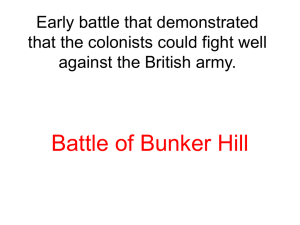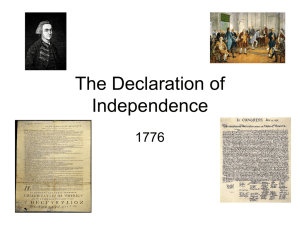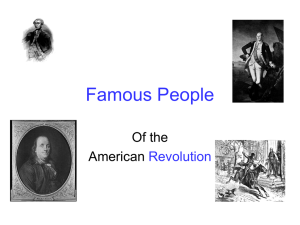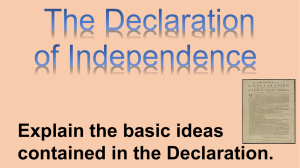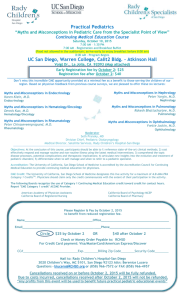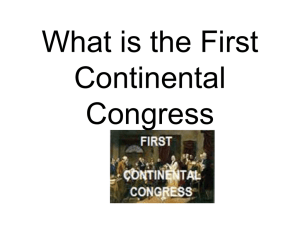Essential Questions Related to the Ohio Academic Content Standards
advertisement
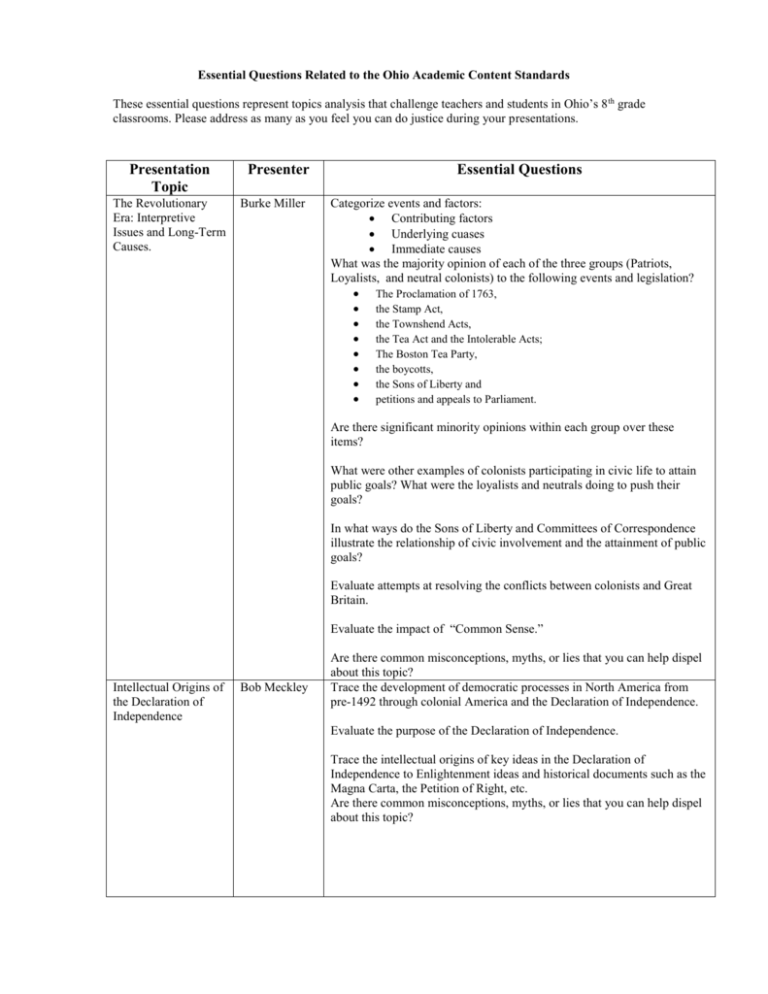
Essential Questions Related to the Ohio Academic Content Standards These essential questions represent topics analysis that challenge teachers and students in Ohio’s 8 th grade classrooms. Please address as many as you feel you can do justice during your presentations. Presentation Topic The Revolutionary Era: Interpretive Issues and Long-Term Causes. Presenter Burke Miller Essential Questions Categorize events and factors: Contributing factors Underlying cuases Immediate causes What was the majority opinion of each of the three groups (Patriots, Loyalists, and neutral colonists) to the following events and legislation? The Proclamation of 1763, the Stamp Act, the Townshend Acts, the Tea Act and the Intolerable Acts; The Boston Tea Party, the boycotts, the Sons of Liberty and petitions and appeals to Parliament. Are there significant minority opinions within each group over these items? What were other examples of colonists participating in civic life to attain public goals? What were the loyalists and neutrals doing to push their goals? In what ways do the Sons of Liberty and Committees of Correspondence illustrate the relationship of civic involvement and the attainment of public goals? Evaluate attempts at resolving the conflicts between colonists and Great Britain. Evaluate the impact of “Common Sense.” Intellectual Origins of the Declaration of Independence Bob Meckley Are there common misconceptions, myths, or lies that you can help dispel about this topic? Trace the development of democratic processes in North America from pre-1492 through colonial America and the Declaration of Independence. Evaluate the purpose of the Declaration of Independence. Trace the intellectual origins of key ideas in the Declaration of Independence to Enlightenment ideas and historical documents such as the Magna Carta, the Petition of Right, etc. Are there common misconceptions, myths, or lies that you can help dispel about this topic? The Course of the War Burke Miller Explain how the Sons of Liberty and the Committees of Correspondence participated in civic actions to reach public goals. What were other examples of colonists participating in civic life to attain public goals? What were the loyalists and neutrals doing to push their goals? Describe the “character and significance” of the military struggle in the North and the shift to the South after 1779. Please include specific information on: Lexington and Concord New York Campaign Battle of Trenton Battle of Saratoga Southern Campaign Battle of Yorktown Discuss the contributions of women and African-Americans during the war. Compare the American strategies and the British strategies during the Revolutionary War with other wars. (Some authors liken strategies to Vietnam with the reverse role for Americans. Is this a true assessment or a stretch? Are there parallels to other wars?) The Revolution and American Identity Bob Meckley Are there common misconceptions, myths, or lies that you can help dispel about this topic? In what ways did geography and spatial considerations (i.e. distances) impact the history of colonial America. What is the historical evaluation of the impact on the American Revolution of women, African-Americans and American Indians To what extent was “religious freedom’ a motivating force through the colonial period? Did the American Revolution “end” with the Battle of Yorktown? Are there common misconceptions, myths, or lies that you can help dispel about this topic? How did the diverse peoples of the United States (colonies in this case) develop a common national identity?
